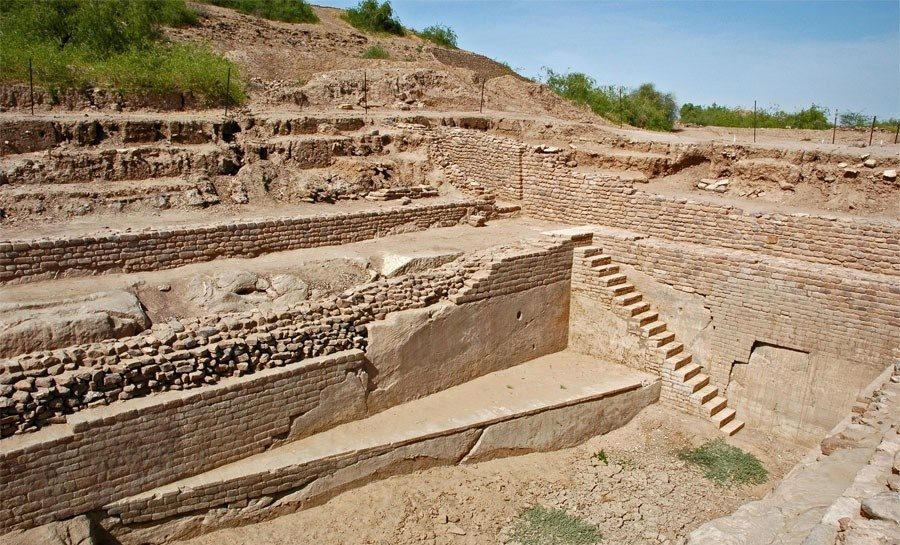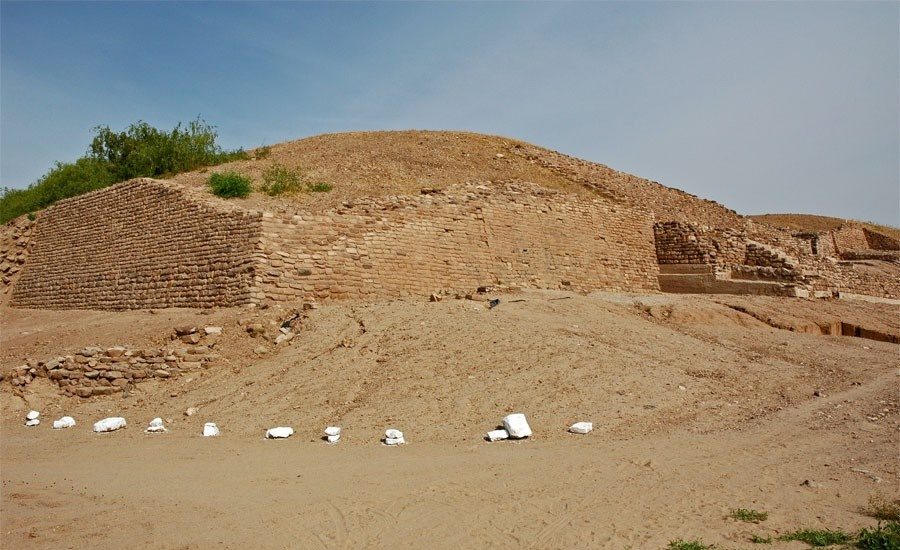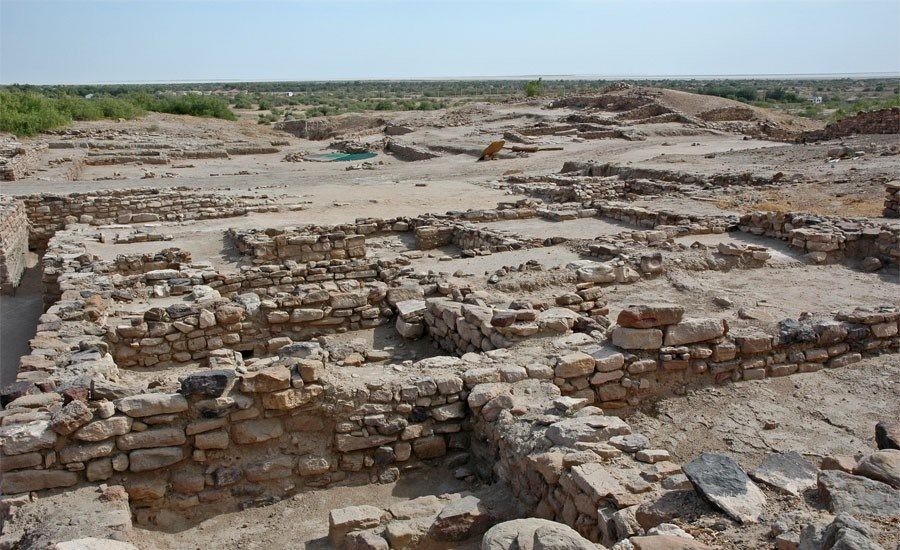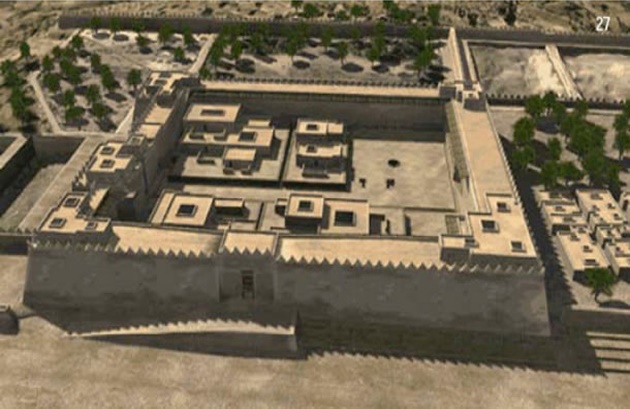Port town of Dholavira in Gujarat, the fifth largest Harappan site, might have been destroyed by a massive tsunami, a study by CSIR-National Institute of Oceanography (NIO) has revealed.
Dholavira, the second largest Harappan site located within the present borders of India, comprises three parts including a castle, the middle town and the lower town.Dholavira is a site of an ancient metropolitan town of the Harappan period and was known as the largest port-town of the Harappans which flourished around 5,000 years ago, until the tsunami destroyed it 3,450 years ago.
Also Read: Unearthing the civilisation of Lothal
“The results clearly indicate that massive tsunamis are not uncommon in the region. The thick wall in Dholavira shows that Harappans were not only aware of the potential threats from tsunamis, but they were also pioneers in coastal disaster management.
“Most importantly, results of this study opens that possibly Dholavira, at least in part, could have been destroyed by such a tsunami,” NIO Director Dr SWA Naqvi said yesterday.

The team of scientists, led by Rajiv Nigam, had embarked on the study on the port town at a time when the real purpose of the Dholavira wall has been a topic of considerable debate.
The study has proposed that the thick wall was built to protect the town from extreme oceanic events such as storm surges and tsunamis.

“This well-planned urban settlement flourished for about 1500 years from about 5000 to 3450 years before present archaeological excavations show that the township comprised three parts — castle, the middle town and the lower town,” he said.

A unique feature of Dholavira is the presence of a 14-18 meters thick wall, apparently built as a protective measure.
“Intriguingly, walls of such thickness are not found even in historic times when the conflicts have been more common and the weapons had become increasingly more destructive,” he said.



